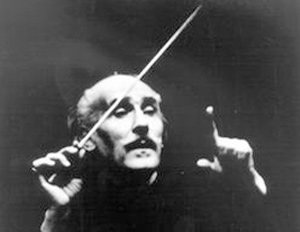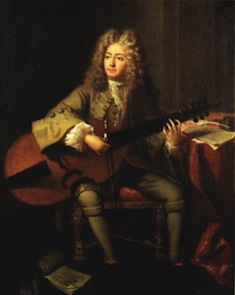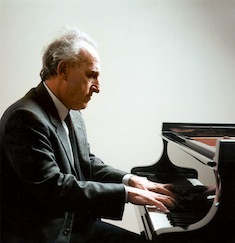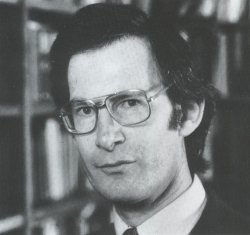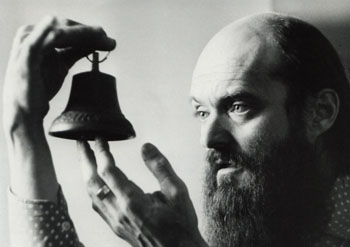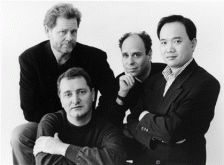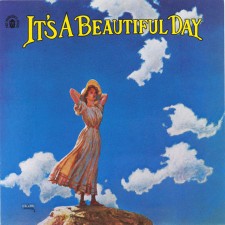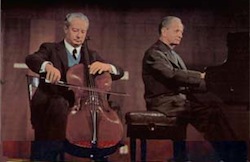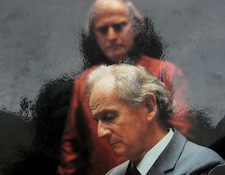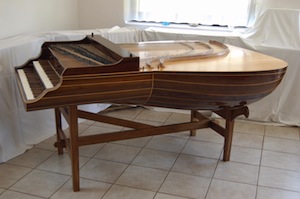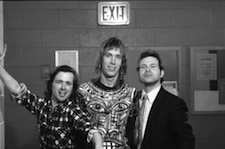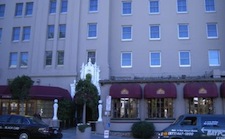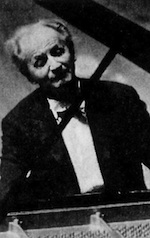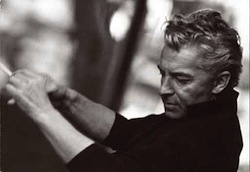I think I am finally going to have to accept the fact that daily blog posts are a thing of the past for me. On one hand, work is keeping me so busy (and often into the night). On another, I have gotten little of my own composing done over the past few weeks. Part of me is bummed about this, but there is another aspect at play as well. As more and more of the CDs disappear from the front layer of shelves, more and more from the back are being pulled down for ripping. The quality of the discs here is still better then average for the most part, but there are lots of discs back here that, while I have listened and enjoyed them, they don’t necessarily bring up strong memories or personal history. I glanced over the blog as a whole a bit this past week and I have come across some strong memories that seem to be with me almost every day, and I also noticed that I have ‘found’ memories that I thought were lost (and now returned because of this project). I’m sure those aren’t done, but I am also sure at this point that they will be occurring with less frequency.
For me, starting this project almost a year ago was a needed distraction for what was a difficult time for Tamiko and me. Not between us, but due to situations in our lives that were, at the time, beyond our control in many ways. The blog provided some welcome distraction, and the enormity of the project itself gave me a positive outlet for some not always so positive energy. It also gave me focus on my life, family and one of the things that make me happiest in the world (music) at a time when lots of negative energy was flowing our way. I think this outlet for me helped me protect my girls from some of the negative that was hitting us and affecting me greatly at times.
Plus, there is just more music in the house now. Not that there wasn’t before, but the variety has grown considerably. Tamiko and I now have something different on every night as we wind down like we did when we first moved in together, Mira is discovering new ‘pretty music’ all the time and Celia and I start our evening reading with a new composer or musician just about every night. It’s pretty amazing how I have found something so great as a result of such a difficult situation (but, that is just how it goes sometimes).
Anyways, on to some music, and tonight I have been working on a stack of 11 2-Disc sets… the Toscanini / NBC Symphony Orchestra remastered and cleaned up sets the RCA put out in the late 90s. 6 discs of Beethoven, the pairs of discs covering quite a bit of the symphonic repertoire. All in mono. And while these are old recordings, it is remarkable how dynamic they are. I love watching videos of Toscanini conducting, and an image of him ‘shhhshing’ his orchestra almost always comes to mind (my friend Colin was able to do a wonderful imitation of this). It strikes me that Toscanini new that there was really a maximum of loud that you could get out of an orchestra, but with enough coaxing you could always get people to play a little quieter. This makes the louder parts seem more so by contrast, and this led to a large number of very dynamic recordings at a time when the technology in use was still quite limited.
Toscanini’s interpretations are seen by many people, especially today, as a bit off. I tend to find them a bit operatic, and sometimes overly dramatic. I don’t really have a problem with this, and like Glenn Gould I think that what you are getting is Toscanini performing a piece rather then just the piece itself. I wouldn’t suggest any of his recordings as the way to get to know a work (same with Gould – do NOT listen to the Gould ‘Goldberg Variations’ as the first version you listen to). Both are performers that you should go to once you know a piece pretty well. THEN – they are excellent examples of what great musicians can do with the art of interpretation. As I listen right now to Beethoven’s Seventh, I feel like I have a good idea about what is Toscanini and what is Beethoven. And the two are having a great conversation. It is my like I am having a seance as I listen to the ghosts of these two musicians play with each other… truly a treat.


